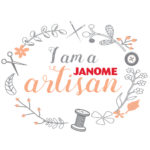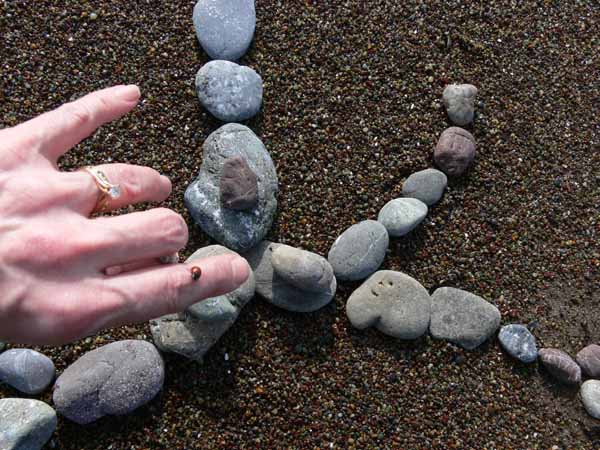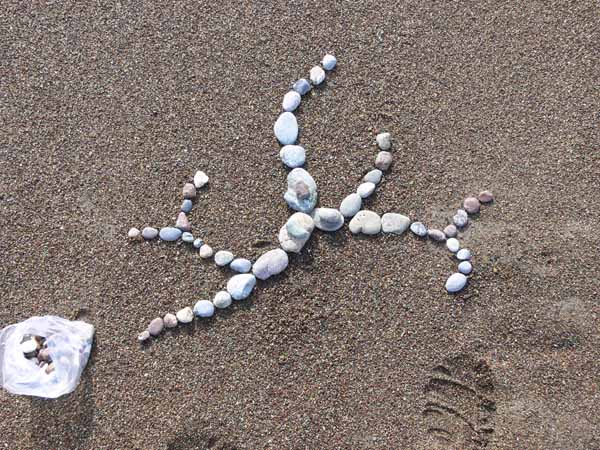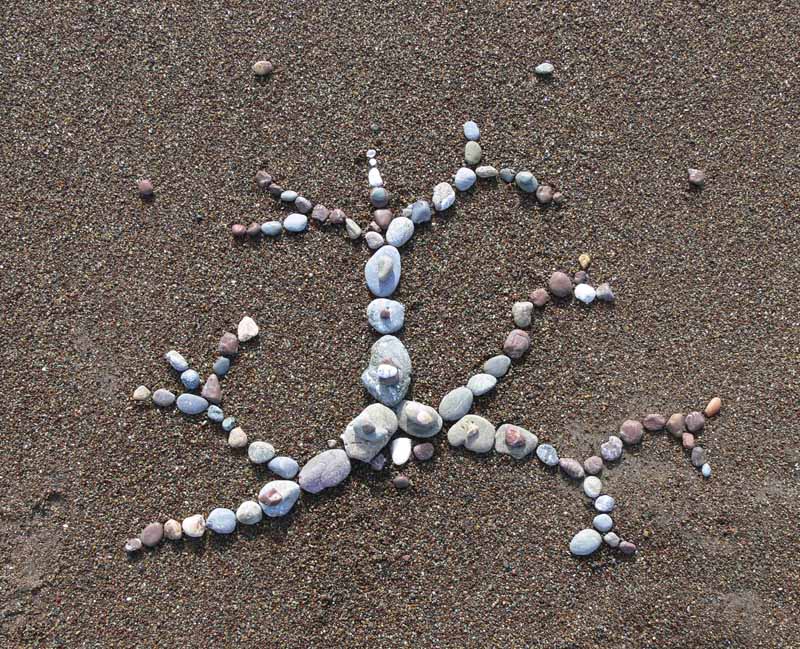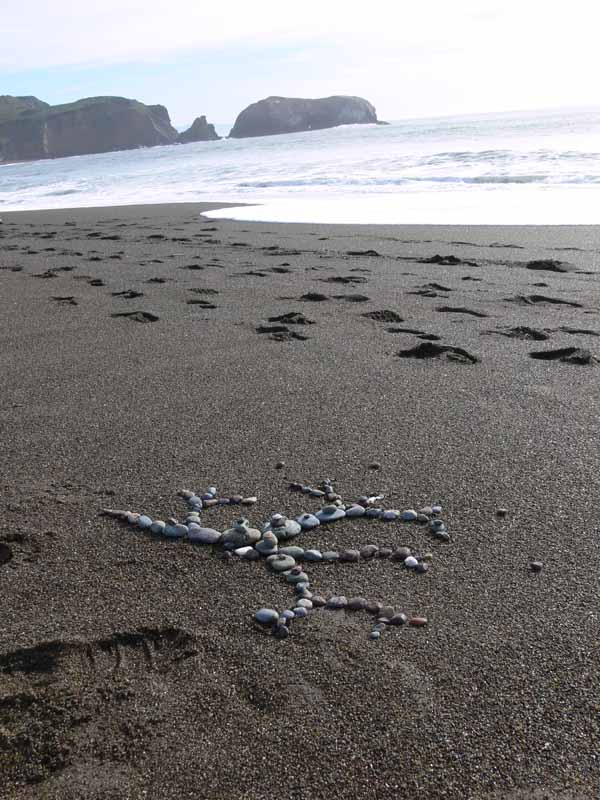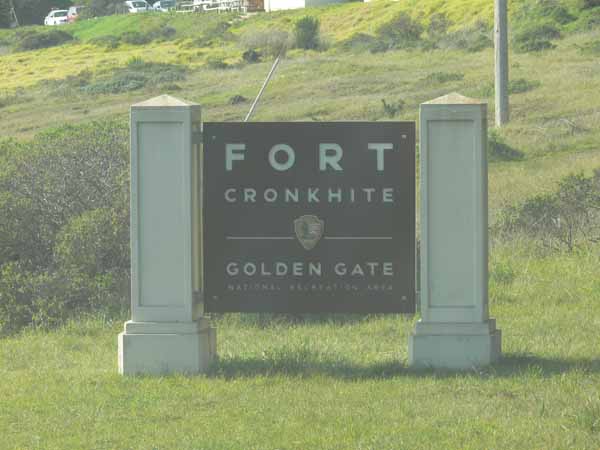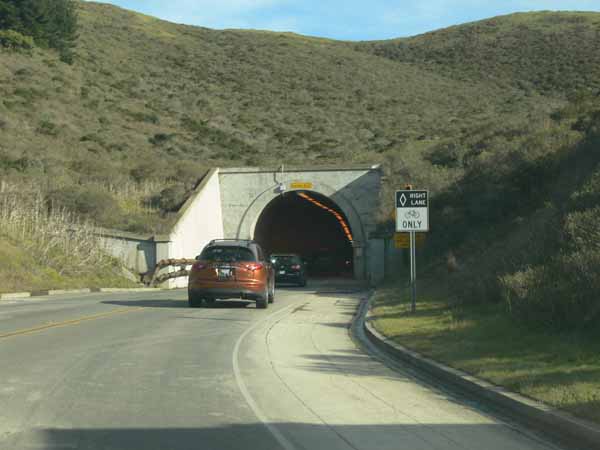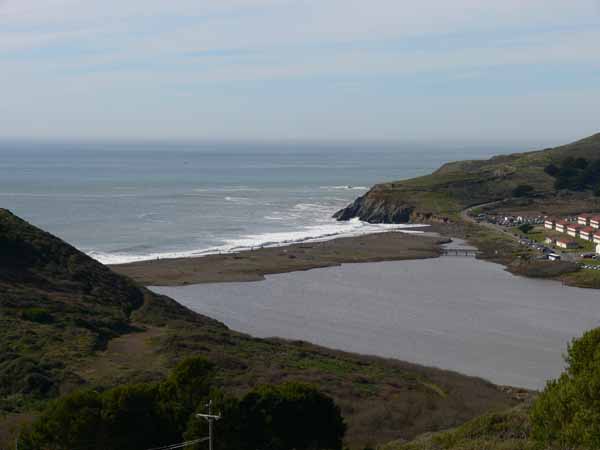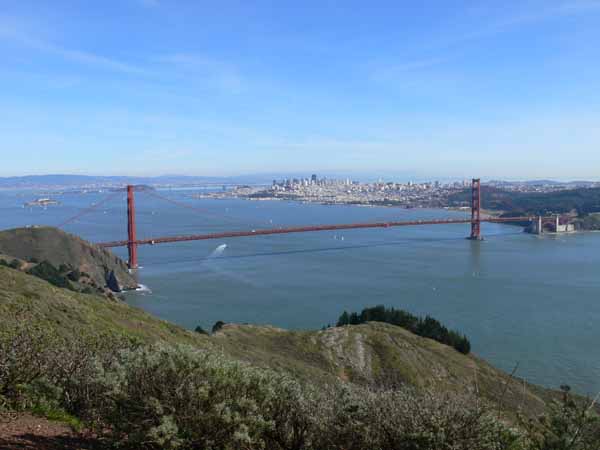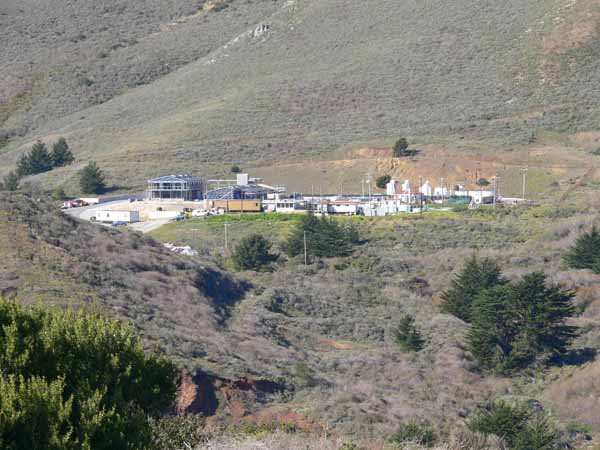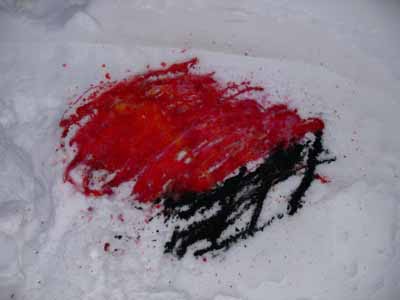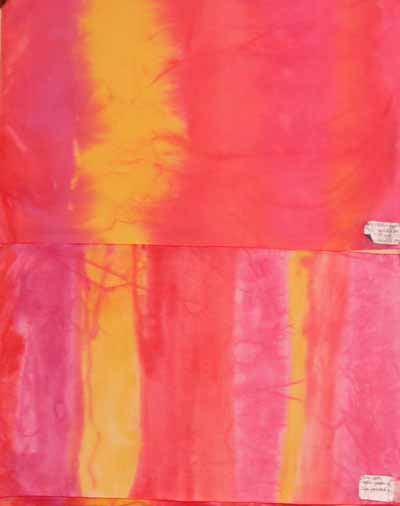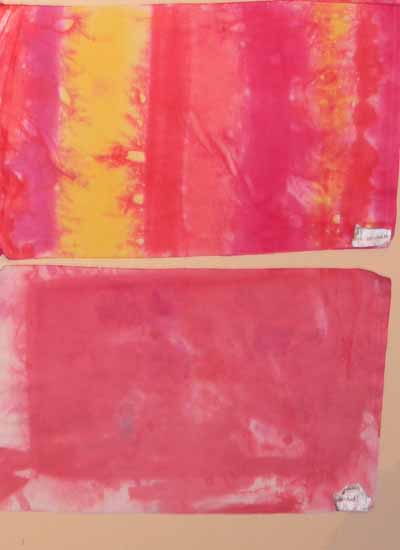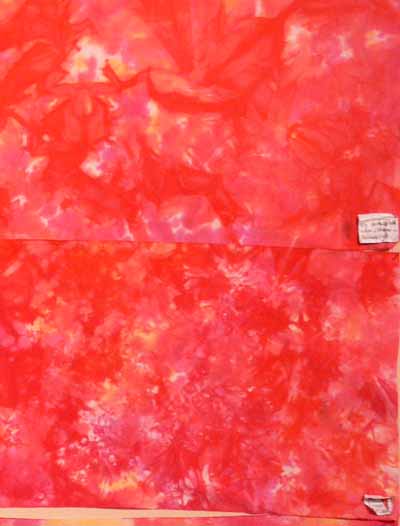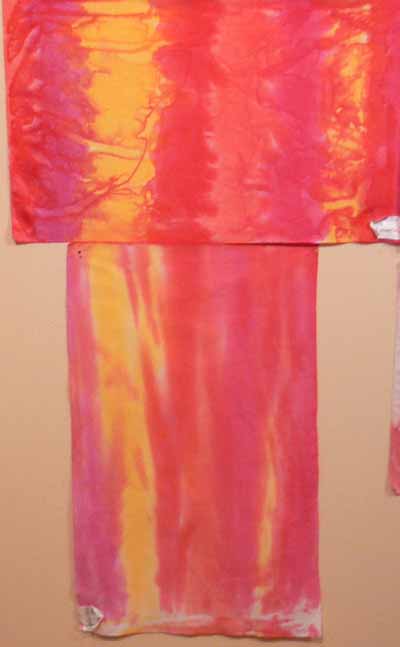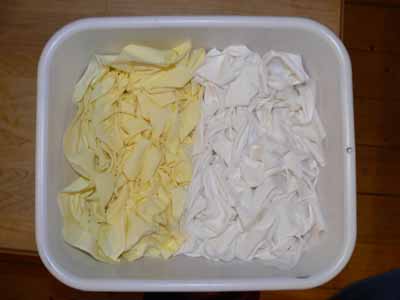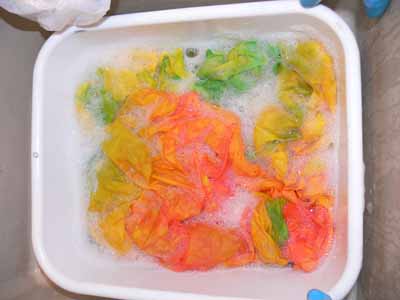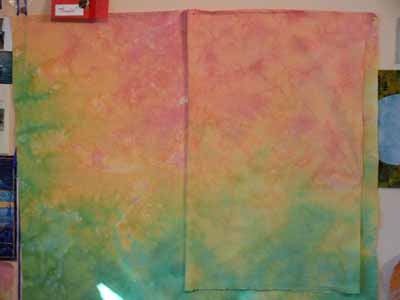A rare political foray
Wednesday, February 20th, 2008For the most part, I try to stay away from politics on this blog, but I’m about to break that self-imposed sorta-rule. To give away my leanings at the start, here is a wonderful YouTube clip, which I saw on Deb Lacativa’s blog, and she had seen it on Terri Grant’s blog….:
“A Woman’s place is in the House, and the Senate.”
Back then, it was still a radical concept…I’m pretty sure the only women senators were either widows of sitting Senators who died in office or Nancy Landon Kassebaum, daughter of Alf Landon and heir to his political legacy. There were a few women in the house, but FEW.
The other t-shirt read “God Bless Chocolate City and its Vanilla Suburbs” with a picture of an ice cream cone with one scoop of chocolate and two scoops of vanilla. There were still burned-out buildings down in the H-street downtown area from the race riots that scorched our country in 1968. I was stunned–as a middle class white girl from California–when on the bus from Dulles Airport to downtown DC the black bus driver announced “now you smokers, you got to sit at the back where I used to have to sit.” I had never encountered overt racism in my life, and here was someone who had lived it, and fairly recently.
So I have to confess, I am bursting with pride. We have not one, but TWO non-white-middle-aged-male candidates who are the leading contenders for the Democratic nomination for President. Who would have thought than in 33 years from the time I arrived in DC for college, it could happen. Of course our country still has a long way to go, but my how far we have travelled!
I had uncharacteristically thought of writing to Obama….but instead I’ll write here what I would have written to him….
I am happy that the three leading contenders for the presidency at this point are all honorable people who have chosen to serve their country. Although my politics differ markedly from those of Senator McCain, I respect him and his dedication to our nation: he could easily have chosen a different path, but instead he served in the military, survived years in a North Vietnamese prison and triumphed over those years, and has continued to serve the people of the United States. So I give him my thanks and respect.
Senator Clinton served this country in her role as First Lady, first of Arkansas and then in the White House. Although it is an unpaid position, there is no question about how much is asked of the First Lady (or First Gentleman, one of these days), and that it is a position which serves the people of the United States. She then went on to fulfill some of her own political ambitions. If she becomes the Democratic nominee, I will be happy to vote for her.
But I really want to vote for you in November, I want to vote for someone that I truly believe can LEAD, can inspire, can bring us together. Presidents are always held to a higher standard, and being who you are, who will likely be held to an even higher standard. I believe and hope that you can not only meet those standards, but exceed them. As with any administration, there will be the inevitable errors and stumbles, but I want to vote for someone who can lead, inspire, and help restore our country to a position of respect in the international community. I want to be able to speak of my President with pride, not shame and disgrace for what the incumbent has done to destroy our economy, our pride, and our international standing. I believe that you are the person who can best do this, so I’m looking forward to voting for you, and to having a small part in a sea-change in the course of our country. You embody the saying “be the change you want to see.” Thank you!
